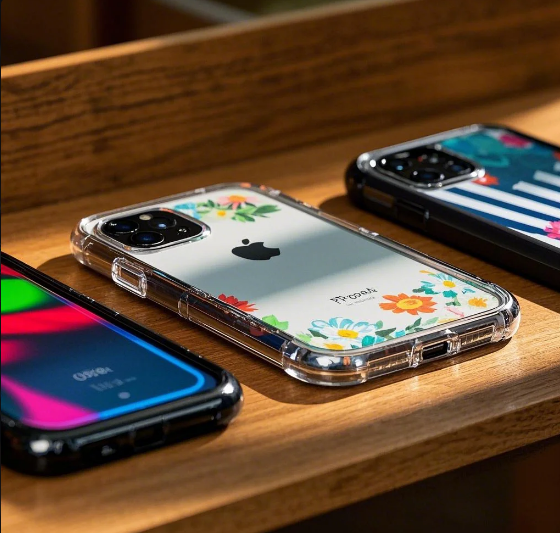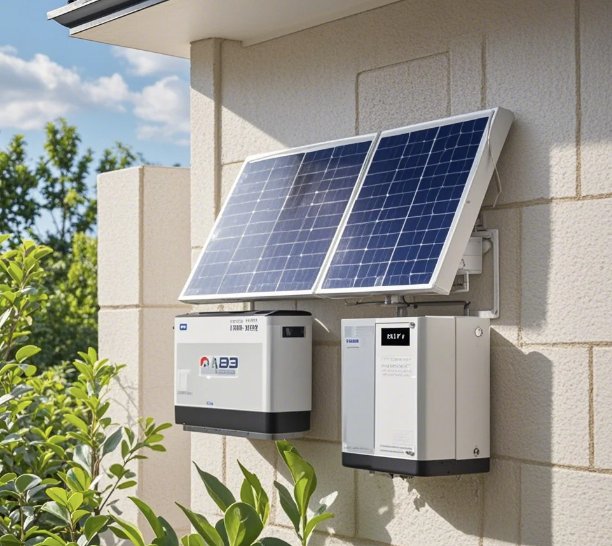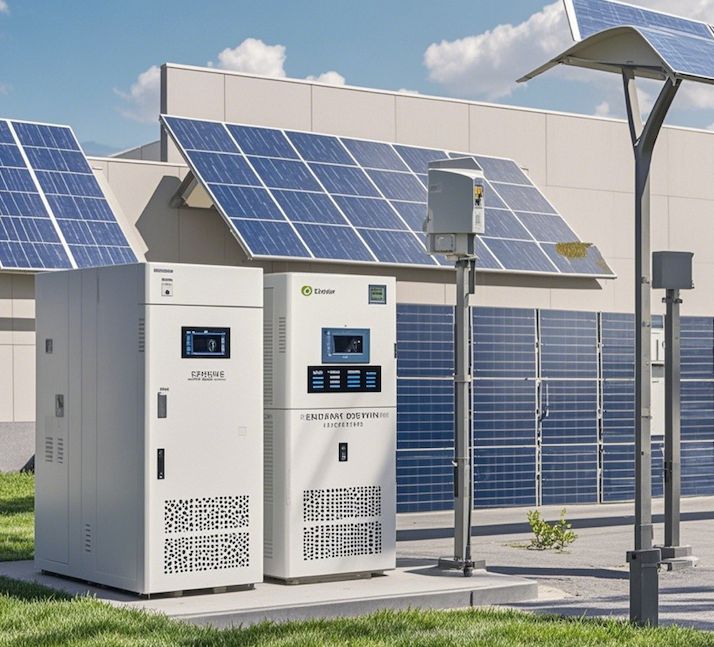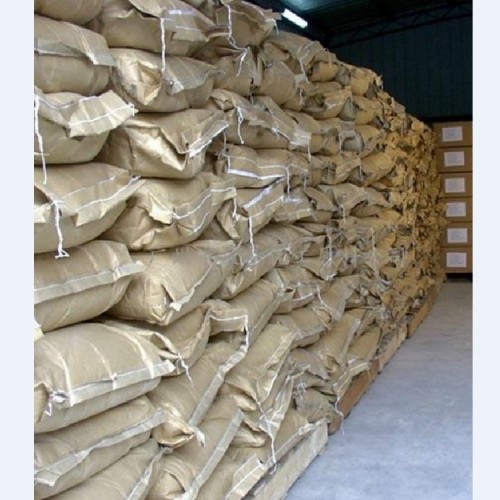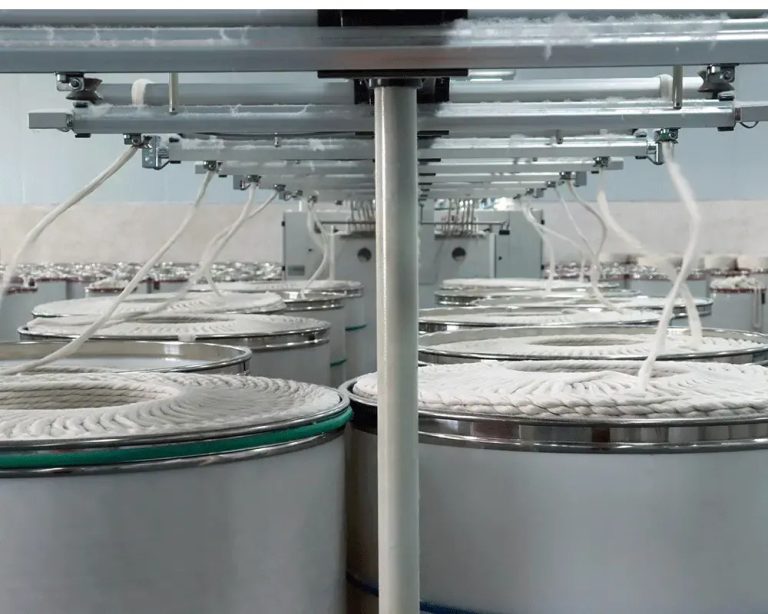目录
ToggleIn recent years, Smartphone displays and touch screens have gained popularity. Because of the various technologies used, there is increased competition in the industry today. The phone display technology has evolved so much that manufacturers are coming up with flexible screens, making it challenging to find the best phone display.
Best Phone Display: Mobile Screen Tech Explained
With various display types across the industry, it is vital to understand how they work before purchasing one for phone replacement. In this article, we will discuss multiple smartphone displays available while looking at the pros and cons of each.
1. Liquid Crystal Display
The Liquid Crystal Display is the most common display (LCD) used in mobile phones. LCD uses light in its background, also known as a backlight, to provide light to pixels.
Without light in the background, you will view no content on the screen. The LCD panel has Cold Cathode Fluorescent Lamp (CCFL) backlighting. Also, three types of LCDs are used on mobile phones, as explained below.
- TFT LCD panel
The Thin Film Transistor (TFT) LCD panels are the common displays used in mobile phones. This is the cheapest LCD, and each pixel attaches to a transistor and capacitor. TFT LCD offers a high contrast ratio and better image quality than earlier LCDs generations. They are also cheap to build. That’s why it’s common in budget-friendly phones, lower-end smartphones, and feature phones.
The limitations of this display tech are power consumption, poor sunlight visibility, poor angles. - IPS LCD panel
In-Plane Switching (IPS) is superior to TFT LCD. It’s the best phone display on LCD. IPS has a lower power consumption, wider viewing angles, direct sunlight visibility, and the best color reproduction. However, they are costlier than TFT, so they are used in high-end smartphones such as iPhone 4 uses an IPS LCD popularly referred to as a retina display.
IPS LCD consumes a lower power than TFT LCD, meaning the battery will not drain fast. But, if compared to other display technologies, it consumes more power. - SLCD panel
Super LCD (SLCD) is HTC’s marketing term. It slightly differs from IPS LCD even though it’s an IPS LCD type. The difference is that IPS has a gap between the touch sensor and the outer glass. SLCD display, on the other hand, has no gap between the touch sensor and the outer glass.
There are two types of touchscreen LCD display; capacitive and resistive display.
- Resistive Touchscreen LCD
The resistive touch screen has a double conductive material layer with a gap between them that acts as a resistance. If a human body or stylus touches a resistive, the double layers meet, thus; making a circuit at that point. The mobile phone processor or chip recognizes this information and passes it to the operating system, which triggers an action/ event at that point of touch.However, the resistive touch screen is not as responsive as expected and needs a stylus to identify the touchpoint. It’s due to these reasons that it to be used in lower-end smartphones. - Capacitive Touchscreen LCD
Capacitive touchscreen technology has a glass laced layer with a transparent conductor. If touched by a finger, an interruption occurs in the electrostatic screen field, which is detected by a phone chip or processor, thus; instructing the operating system to act accordingly.When compared to resistive touchscreens, they are more responsive to human touch. It’s a technology that is commonly used in higher-end smartphones.
2. Light Emitting Diode (LED)
The LED display works the same as LCDs. But, the difference comes in terms of backlighting. Unlike LCD which uses CCFL for backlighting, LEDs use LED bulbs for backlighting.
LED is one of the best phone displays that comes with lots of advantages. That includes best viewing angles, sunlight visibility, color reproduction, no aspect ratio limitations, and consuming less power.
The only limitation of this display is that they are costly to build. Meaning they are used in higher-end phones. There are various types of LED displays, as discussed below.
- Organic Light-Emitting Diode (OLED)
OLED is one of the best and newest display technology used in monitors and mobile phones. OLED technology uses an organic material that is carbon-based and placed between an anode and cathode (conducting sheets). Then, they are placed between a seal and a substrate. When an electric pulse passes between the conducting sheets, it directly produces an electro-luminescent light from the organic material.So, the color and brightness produced vary depending on the electric pulse. OLEDs are more efficient than LCD displays because of their wider viewing angles, lightweight design, fast response time, higher brightness, and exceptional color reproduction. - Active- Matrix Organic Light-Emitting Diode (AMOLED)
An AMOLED display is a type of OLED display that has recently been gaining popularity in the higher Smartphone segment. It is a technology fully owned by Samsung company. Ideally, it has all OLED characteristics. Its pixels don’t project light if the video is black-coloured. The black color in the video comes out as an actual black color, thus; power saving. The main difference between AMOLED and Super AMOLED is the gap between the touch sensor and the glass. Super AMOLED there is no gap in between. - Super AMOLED
This is AMOLED’s display advanced version developed by Samsung company. The touch sensors are on display itself as opposed to a separate touch-sensitive layer used in capacitive LCD touch screens. Also, they are more responsive than some AMOLED displays. This tech has been used in Samsung Galaxy S-19000, making it the thinnest technology on the market.When looking at all the above technologies, you will notice that LCDs remain the best phone display. Each LCD tech has its benefits. Looking at LED technology, it is gaining popularity though it still comes with some disadvantages.

